Šiauliai in the Soviet System
In the city’s general plan, developed in the beginning of the 7th decade of the 20th century, Šiauliai was designed as an industrial and cultural centre of Northern Lithuania. During the Soviet period, the city began to grow rapidly. From 1952 till 1979, its territory doubled (from 35,3 to 69,6 sq. km). This was due to the decision to connect Zokniai Airport and vicinities to the city and rapid growth of residential, industrial and commercial buildings around the bicycle factory ‘Vairas’. One after another, villages Lieporiai, Dainiai and other were connected. This way new residential areas and the southern part of the city, which in the length of time started to be called the southern area, began to develop. Population grew even more rapidly: from 32,2 thousand in 1949 to 145,6 thousand Šiauliai residents in 1989. The city became the centre of land transport and military air transport of the Soviet Union. Unfortunately, the Second World War and the subsequent repressions left almost empty ranks of the city’s intellectuals. The majority of them either moved to the West, the European countries and America or was deported to the depth of the Soviet state. The education system was stuffing pupils’ heads with the communist ideology. After Stalin’s death, in the sixth decade, education matters began improving. The problem of illiteracy was almost solved, and the overall level of educatedness rose significantly: from 12 per cent of persons with higher, secondary and special education in 1959 to 65 per cent in 1989.





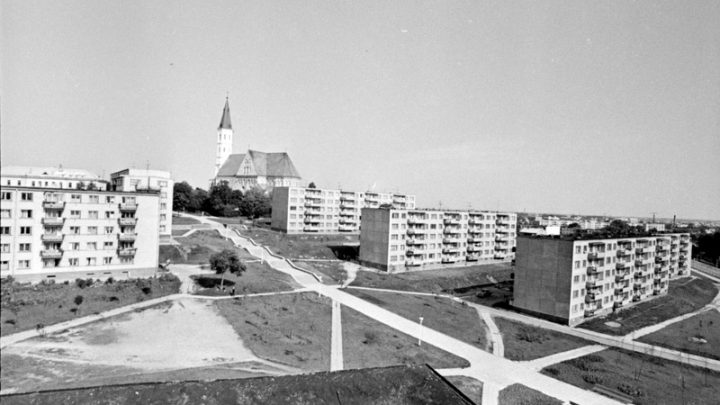



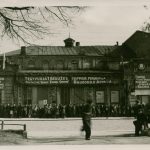
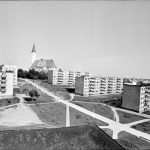
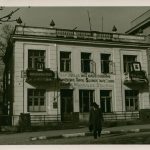

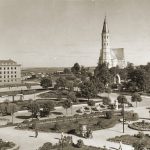
Leave feedback